Digestive System of Frog:
The digestive system of the frog consists of the alimentary canal and the digestive glands.
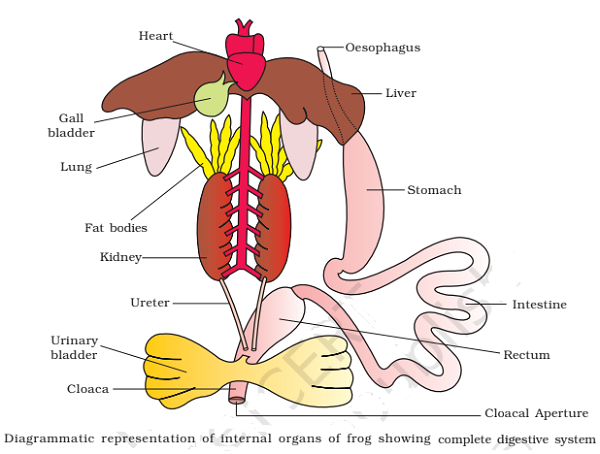
Alimentary Canal:
The alimentary canal is short because frogs are carnivores and hence the length of the intestine is reduced. Alimentary Canal consists of a mouth, buccopharyngeal cavity, oesophagus, stomach, small intestine (duodenum and ileum), large intestine (rectum and cloaca) and cloacal aperture.
Mouth- It is an anterior, terminal, wide aperture that is bounded by two jaws, upper and lower. The lower jaw can move in upward and downward directions by means of a hinge joint. The mouth leads into a wide and broad buccopharyngeal cavity which lies between the two jaws.
Buccopharyngeal Cavity- The cavity is differentiated into a wider anterior buccal cavity and narrower posterior pharynx. A row of small and pointed maxillary teeth is found on the inner region of the upper jaw. In addition, vomerine teeth are also present as two groups, one on each side of the internal nostrils. All the teeth are small sharp and backwardly pointed. They are not used for chewing but prevent the escape of captured prey. The lower jaw is devoid of teeth. The maximum of the roof of the buccopharyngeal cavity is occupied by the bulging of the eye orbits. The lower jaw possesses a deeply notched tongue and an opening of vocal sacs. The Pharynx region possesses two openings of eustachian tubes that connects the pharynx with the middle ear, opening of oesophagus or gullet and the other is glottis which is a slit-like vertical aperture and leads into the respiratory passage.
Oesophagus- It is a short broad tube that possesses longitudinal folds that allow the sufficient expansion of the oesophagus during the passage of the ingested food through it to the stomach. It opens into the stomach in such a way that no demarcation line is formed between the oesophagus and stomach.
Stomach- The stomach is in the form of a wide tube situated between the oesophagus and intestine. It’s 5-6 cm in length. Its internal lining contains gastric glands. Glands also occur in the oesophagus but they produce only propepsin. The posterior part of the stomach has a pyloric valve for regulating the passage of food into the small intestine.
Small Intestine- The small intestine lies in several loops supported by a fan-like membrane which is actually a part of the dorsal mesentery. It has two parts, duodenum and ileum. Duodenum lies parallel to the stomach and forms a U-shaped configuration with it. Then the small intestine continues as the coiled Ileum. The small Intestine has all the four usual layers of the alimentary canal but its mucosa is quite thick which forms transverse folds in the duodenal region. The mucosa layer of the ileum forms finger-like villi which increase the absorptive surface of the intestine. This layer consists of a single layer of columnar epithelial cells having goblet cells and absorptive cells, the goblet cells produce mucus, while the absorptive cells absorb food material.
Large Intestine- The ileum, at its lower end, leads into a short, broad colon or large intestine called the rectum. The hinder end of the rectum leads to a cavity called cloaca or cloacal chamber which is a common passage for faecal matter, urine and reproductive cells. It opens to the outside through a cloacal aperture.
Digestive Glands:
The gastric glands of the stomach and HCl bring about the digestion of protein. The liver secretes bile that is temporarily stored in the gall bladder. Bile helps in the digestion of food in the intestine by changing its pH from acidic to alkaline and by emulsifying the fat. The liver does not secrete any enzyme. The pancreas is situated in a thin mesentery and lies parallel to the stomach. It secretes pancreatic juice into the intestine through a common bile duct that causes the digestion of protein, starch and fats with the help of trypsin, amylase and lipase. Similarly, intestinal juice with its peptidases, lipase and sugar enzymes bring about the digestion of peptides, fats and sugars.
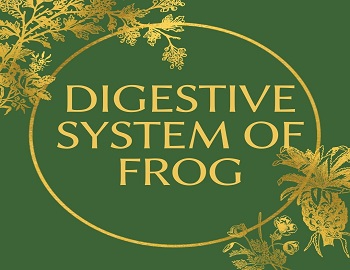
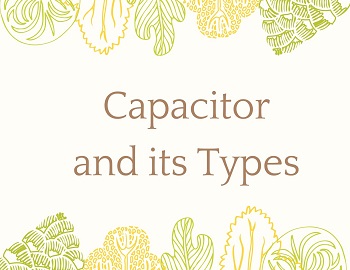
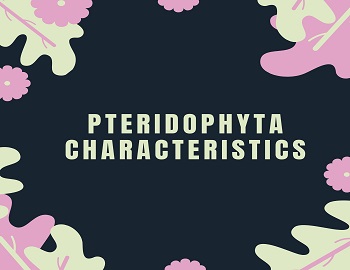

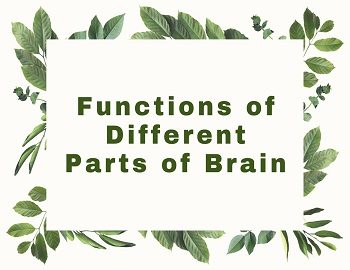
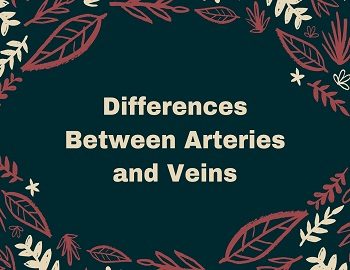
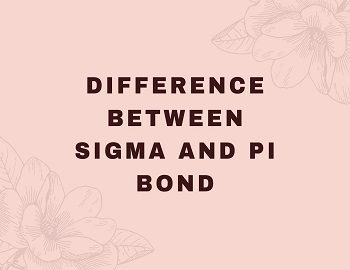

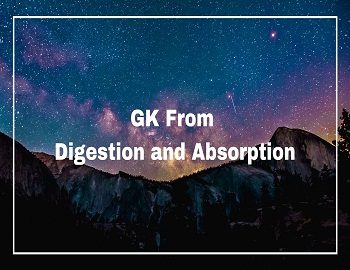
Comments (No)